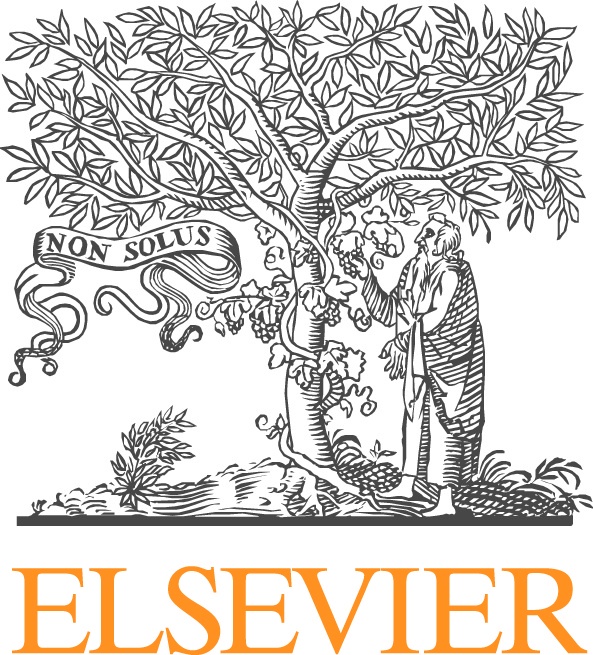Modeling and Simulation of Damage and Fracture in Brittle and Quasi-Brittle Materials
Reza Abedi, University of Tennessee Space Institute
Ahmed Elbanna, University of Illinois at Urbana-Champaign
Robert Haber, University of Illinois at Urbana-Champaign
Lori Graham-Brady, Johns Hopkins University
Fracture is a complex, nonlinear and often dynamic, phenomenon involving multiple spatial and temporal scales. In many systems, small-scale perturbations can lead to large scale system fragilities and catastrophic fractures. Understanding the underpinnings of material response at the microscale, including origins of friction and adhesion, and their implications for macroscopic fracture is thus of vital importance to many engineering, biological, and geophysical applications. This minisymposium solicits contributions in all fields related to multiscale physical and computational modeling relevant to fracture and fragmentation processes in brittle and quasi-brittle solids. Topics may include, but are not limited to: (a) thermodynamic and stochastic models for rate-dependent bulk and interfacial damage, (b) multiscale models including direct and homogenization approaches, (c) constitutive modeling of friction and adhesion at the microscale, (d) theoretical analysis and numerical investigations of the generation and evolution of microscopic structure and defects as well as their influence on aspects of macroscopic response, such as crack nucleation and branching, ultimate load, and energy dissipation, (e) advances in computational methods, such as XFEM/GFEM, variational/phase-field approaches, peridynamics, cohesive models, and spacetime fracture models, as well as relevant high-performance computing and adaptive analysis techniques.







